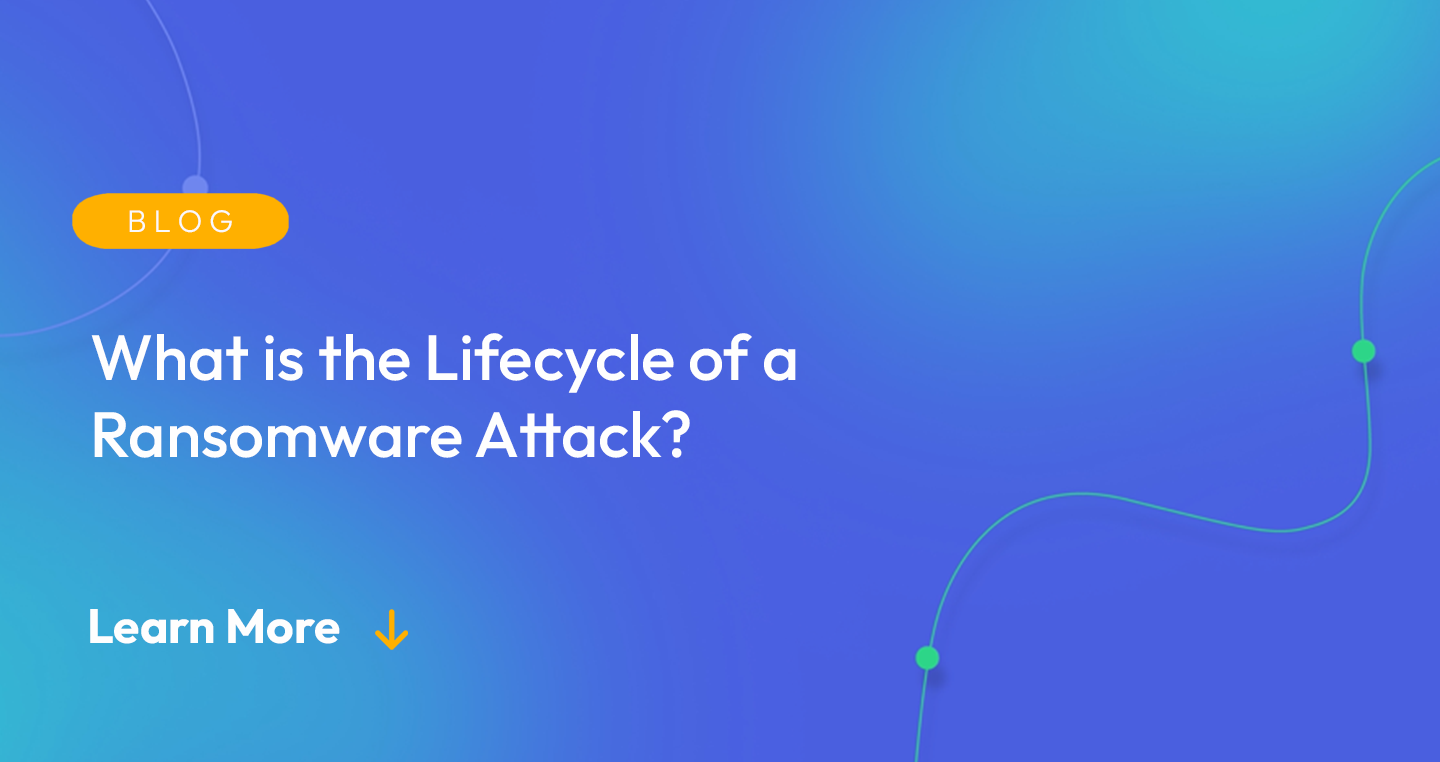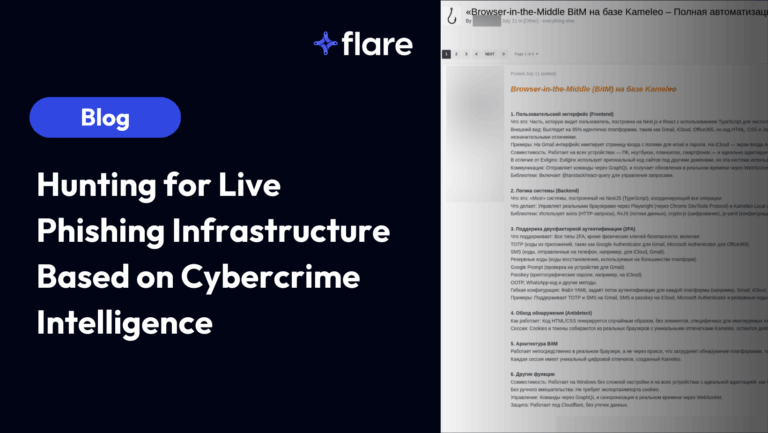
The emergence of ransomware has changed the cybersecurity landscape, with an increasing number of organizations, from startups to corporate giants, falling victim to these malicious attacks.
Understanding the ransomware lifecycle can aid cyber analysts in preventing those attacks before they happen, and mitigate attacks as quickly as possible.
Understanding the Nature of Ransomware Attacks
What is Ransomware?
Before delving into the lifecycle of a ransomware attack, it’s critical to understand what ransomware itself entails. Simply put, ransomware is a type of malicious software, or malware, designed to deny access to a computer system or data until a ransom is paid. This sophisticated form of cyberattack has rapidly become a favored tool of threat actors, owing to its potential for causing widespread disruption and securing lucrative payoffs. Increasingly, ransomware groups aren’t just deploying ransomware. Instead they are engaging in double and triple extortion attacks, where encryption is paired with data theft, employee targeting, and other methods to gain leverage over the victim.
Ransomware as a service (RaaS) has added another layer to ransomware: threat actors don’t need to code their own ransomware, and can buy it from another threat actor. This means that any cybercriminal who wants to launch an attack can do so without having as much technical experience as was required before. The rapid evolution of ransomware adds to the increasing risks of ransomware.
Why Ransomware is so Dangerous
The strength of ransomware lies in its multi-faceted approach to exploit and attack a system. Initially, it masquerades as benign or trustworthy software to lure unsuspecting victims. Once inside the system, it demonstrates its destructive potential by encrypting files, databases, or even entire network drives, effectively locking out the rightful owners.
Interestingly, ransomware doesn’t always operate under stealth. Some types, known as scareware, openly alert victims about the infection, frightening them into paying by making false claims about the damage or legal consequences.
Ransomware attacks have a profound impact on businesses, potentially causing:
- financial damage
- irreversible losses of sensitive data
- harm to the organization’s reputation
- overall disruption of services
By comprehending the nature of these attacks, organizations can better appreciate the crucial importance of robust, up-to-date cyber threat intelligence and effective preventative measures. As we journey through the lifecycle of a ransomware attack, we’ll shed light on the attacker’s steps and equip you with insights to identify potential threats before they fully manifest.
The Infiltration Stage: How Ransomware Enters Your Systems
The first step in a ransomware attack is infiltration—this is when the malware makes its way into your systems. It’s crucial to understand that ransomware does not appear out of thin air; malicious actors use various tactics to deliver the destructive payload to your network.
This stage is characterized by stealth and cunning, with cybercriminals relying on multiple attack vectors to achieve their objectives.
Phishing Emails
The most common method employed is through phishing emails. In this strategy, attackers send seemingly legitimate, often carefully crafted emails that trick recipients into opening an infected attachment or clicking a link leading to a malicious website.
Software Vulnerabilities
Hackers are always on the hunt for software vulnerabilities they can exploit to gain unauthorized access to systems. These vulnerabilities can be present in operating systems, web browsers, or any piece of software installed on your network.
Drive-By Downloads
In this type of attack, malware is downloaded onto a user’s computer without their knowledge when they visit a compromised website. Drive-by downloads often take advantage of outdated software or browser plugins, underscoring the importance of keeping all software up-to-date.
Malvertising
Malicious actors can inject malicious code into online advertisements. Even trusted, legitimate websites can unintentionally host such ads, leading to an unintentional download of malware when users click on the ad.
The infiltration stage is surreptitious and swift; often, victims are not even aware they’ve been targeted until the damage has been done.
By understanding the methods employed during this phase, businesses can effectively fortifying their defenses against ransomware attacks by investing in relevant protective measures such as:
- employee cybersecurity training
- regular software updates
- intrusion detection systems
- comprehensive threat intelligence tools
The Encryption Phase: Hostage-Taking in the Digital Realm
Once the ransomware successfully infiltrates your systems, it proceeds to the encryption phase, which can be seen as the digital equivalent of taking hostages. During this stage, the ransomware begins to silently and rapidly encrypt files on the infected system, rendering them inaccessible to the user.
The objective is to lock down valuable data and, in some cases, entire systems, to exert maximum pressure on the victims to pay the ransom.
Targeting Valuable Data
Ransomware is designed to target a variety of data types, from business-critical documents to personal files. Depending on the strain of ransomware, it may encrypt individual files or entire file systems. The more valuable the data, the greater the potential leverage for the threat actor
Use of Strong Encryption Algorithms
Modern ransomware variants typically use strong, virtually unbreakable encryption algorithms. This ensures that even with the best efforts and tools, victims cannot regain access to their data without the unique decryption key, which is held by the malicious actor.
Stealth and Speed
The encryption process usually happens rapidly and silently in the background. By the time the user notices unusual behavior, the encryption is often already complete. This underscores the importance of early detection systems to identify and isolate potential threats before they fully execute.
File Deletion and System Changes
Some advanced ransomware strains may also delete the original files after encryption or make system changes to hinder recovery efforts. They may disable system restore points, delete backup files, or even spread to connected drives and networked systems.
The encryption phase is a brutal reminder of the power that ransomware holds over digital assets. Yet, understanding the nature of this stage can help organizations devise proactive defense strategies.
Regular data backups, for instance, can greatly mitigate the impact of ransomware, while employing real-time monitoring and anomaly detection tools can aid in early detection and isolation of threats.
The Ransom Demand and Recovery: Navigating the Aftermath of an Attack
The final stage in the lifecycle of a ransomware attack is perhaps the most challenging one for victims: the ransom demand and recovery process. This is where the name “ransomware” truly comes into play. Victims are presented with a ransom note, typically a message on their computer screen or a text file, explaining that their files have been encrypted and demanding a specific sum to release the encryption.
The Ransom Note
Ransom notes are crafted to incite fear and urgency, often including a countdown timer indicating a deadline for payment. If the deadline is not met, threat actors can increase the ransom or permanently delete the decryption key. Ransom is usually demanded in cryptocurrencies like Bitcoin, for their untraceable nature.
The Dilemma of Paying the Ransom
Paying the ransom presents a serious dilemma for victims. On the one hand, it might seem like the quickest way to regain access to critical data. On the other hand, paying the ransom finances criminal activity, and there’s no guarantee the cybercriminal will provide the decryption key after the victim pays ransom.
The Recovery Process
The recovery from a ransomware attack can be a complex and time-consuming process. It may involve the:
- removal of the ransomware
- attempts at data decryption
- restoration of data from backups
- repairing the damage to the system and network infrastructure
Post-Attack Evaluation
After an attack, organizations should also conduct a thorough post-incident review.
This involves:
- identifying how the attack happened
- assessing the response
- implementing measures to prevent future attacks
This may include updating cybersecurity policies, improving employee training, and investing in a robust cyber threat intelligence platform. Our customer H.E.R.O.S. Inc purchased Flare after a ransomware attack to automate monitoring the clear & dark web for any sensitive information from their organization.
The experience of dealing with a ransomware attack can be highly stressful and potentially damaging for any organization. However, understanding the ransom demand and recovery phase can help companies prepare and respond more effectively.
It is crucial to invest in proactive measures such as ongoing cybersecurity education, continuous system updates, routine backups, and reliable threat intelligence tools to effectively safeguard your digital assets from the ever-present threat of ransomware.
Ransomware Readiness with Flare
The Flare Threat Exposure Management (TEM) solution empowers organizations to proactively detect, prioritize, and mitigate the types of exposures commonly exploited by threat actors. Our platform automatically scans the clear & dark web and prominent threat actor communities 24/7 to discover unknown events, prioritize risks, and deliver actionable intelligence you can use instantly to improve security.
Flare integrates into your security program in 30 minutes and often replaces several SaaS and open source tools.Sign up for a free trial and check out what ransomware readiness looks like with Flare.





